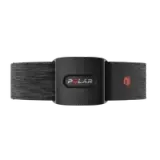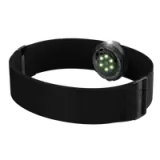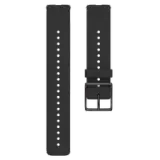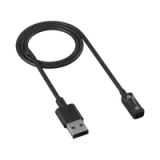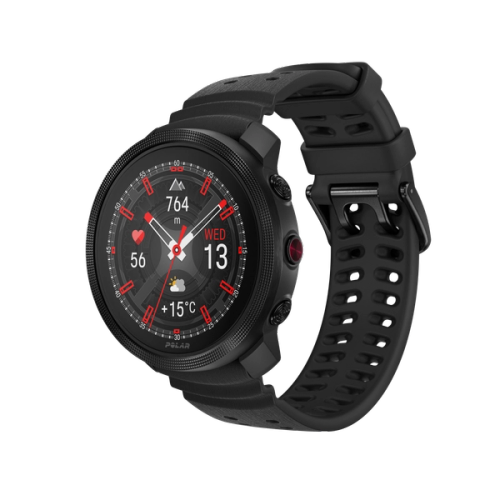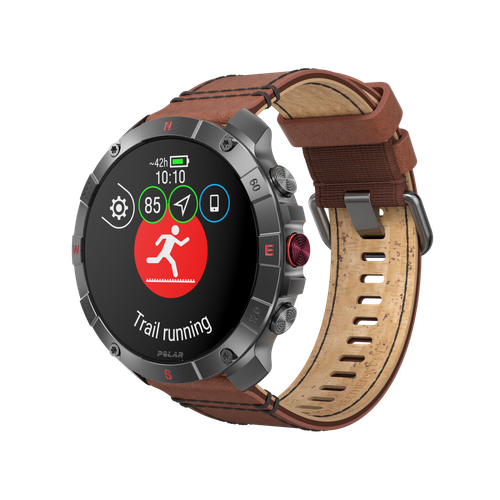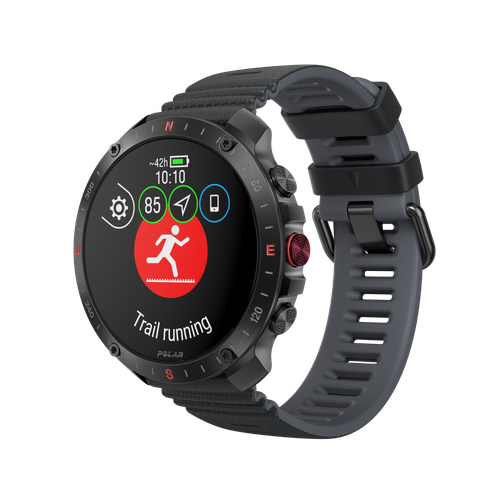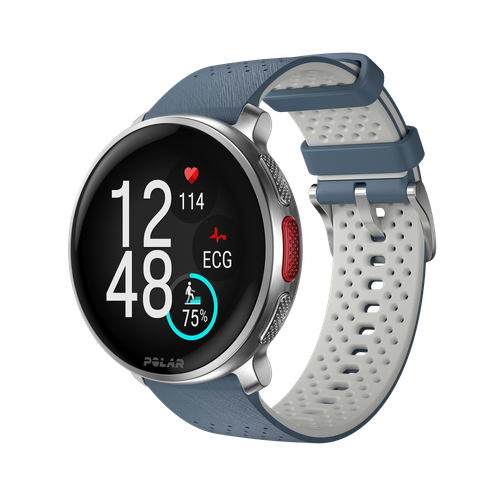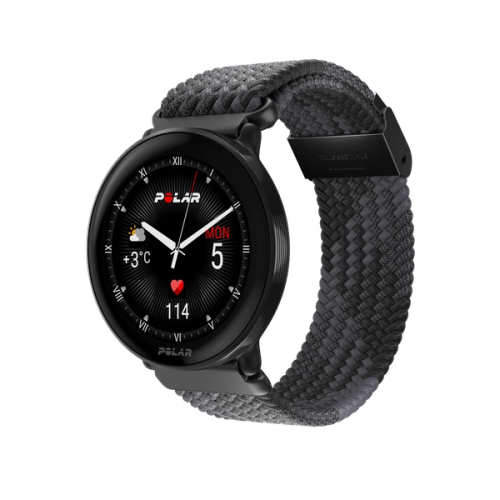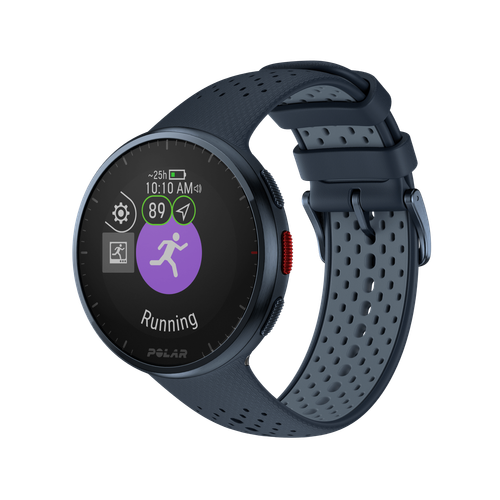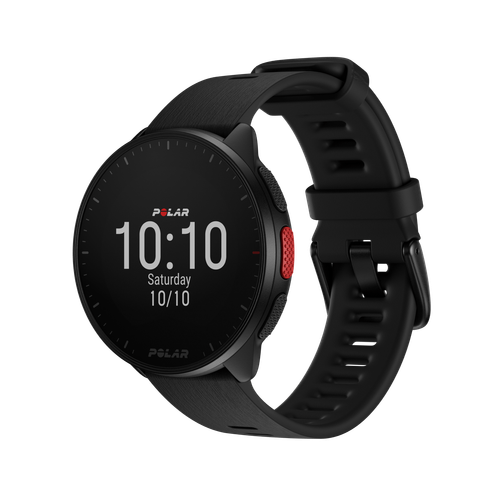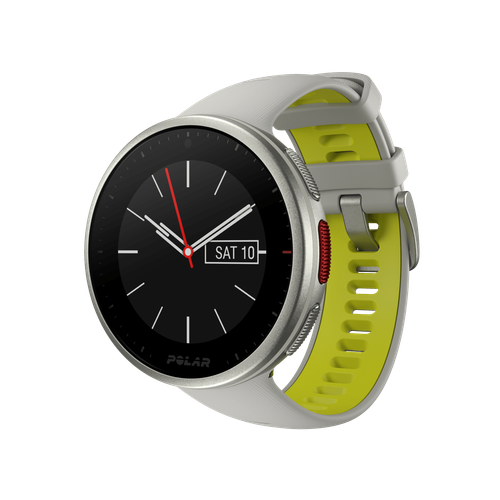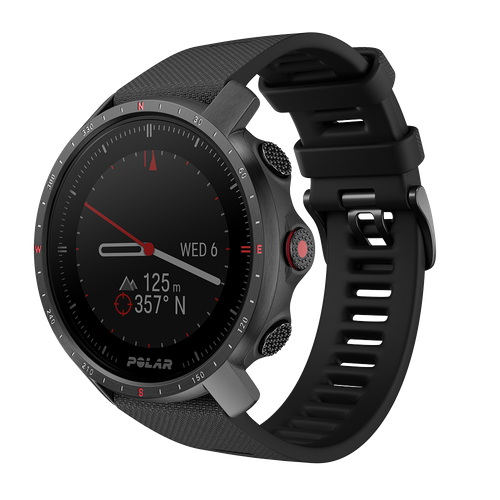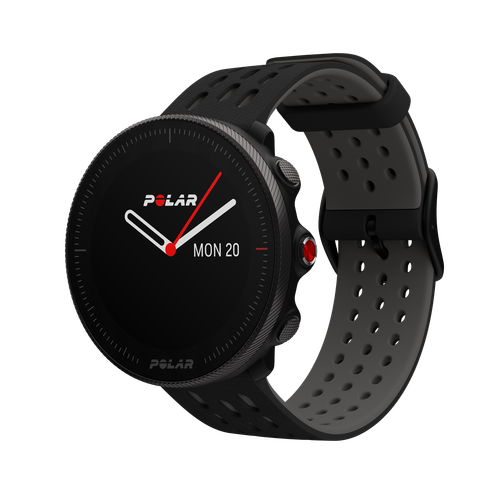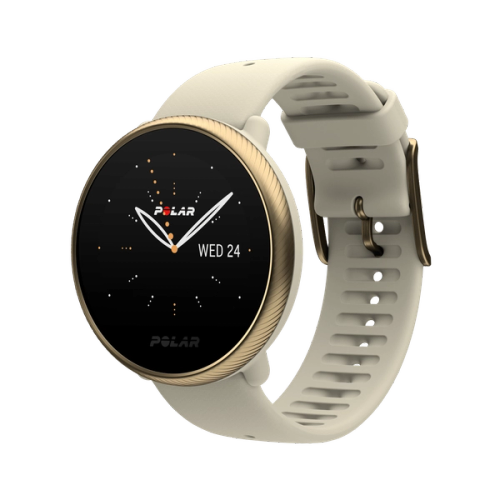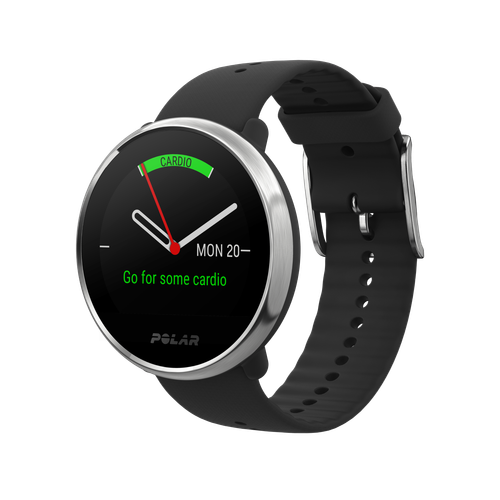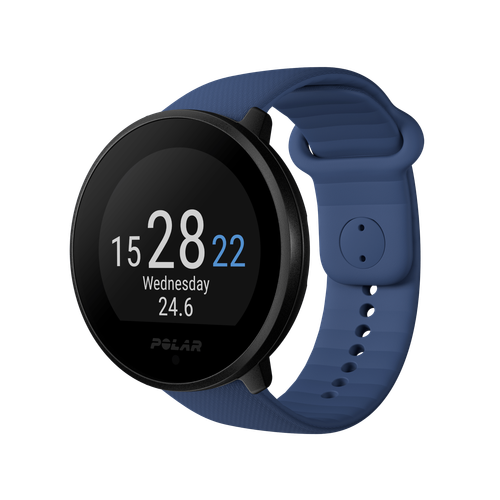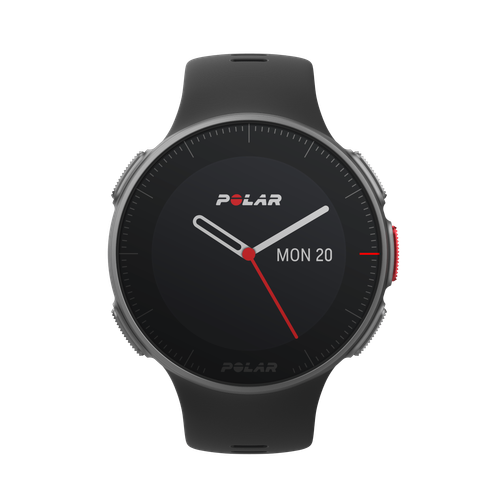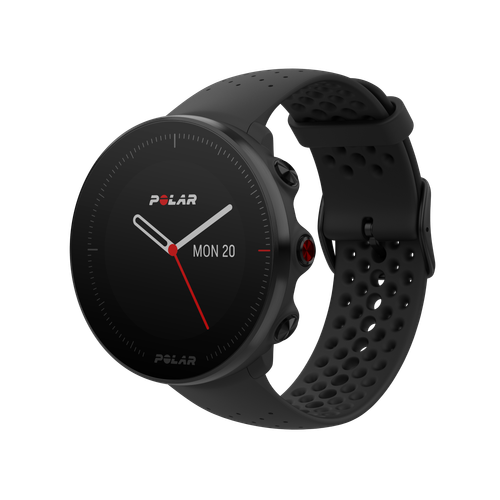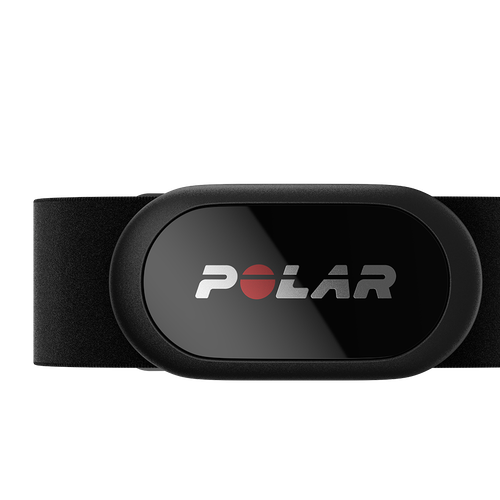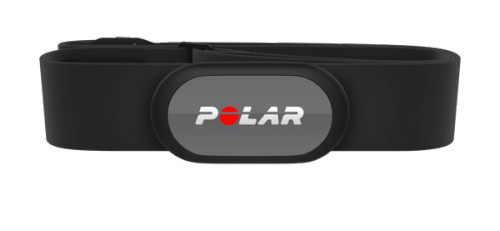Do you believe that you're fit by the way you look or because of the way you exercise? Beliefs aside, your heart rate can tell you exactly what your fitness level is.
You’d think in a world where there’s countless new exercise programs, endless social media fitness articles, and a fitness instructor around every corner, that we’d have this whole fitness thing all figured out. The truth is… we’re not even close.
Despite all of the recommended exercise measurements – amount of weights lifted, sets and reps, distances ran, body fat percentages, weight gained or lost, personal records and food/supplement intake – we’re missing the most telling measurement of all: What’s going on in our hearts both in and out of exercise?
If you truly want to dig deeper into your fitness, there are some heart rate variables you can easily measure. These variables will tell you whether your heart is doing what it should, when it should:
- Heart rate before, during and after exercise
- Heart rate when you’re not exercising
- Heart rate when you're asleep
Your heart speaks volumes to you – you just have to learn to listen, understand, and react accordingly.
Kind of sounds like a relationship, doesn’t it? Well, my friend, that’s exactly what it is: The most important relationship you’ll ever have.
Let’s take a closer look at the most telling heart rate variables that show if you and your heart are really on the same page.
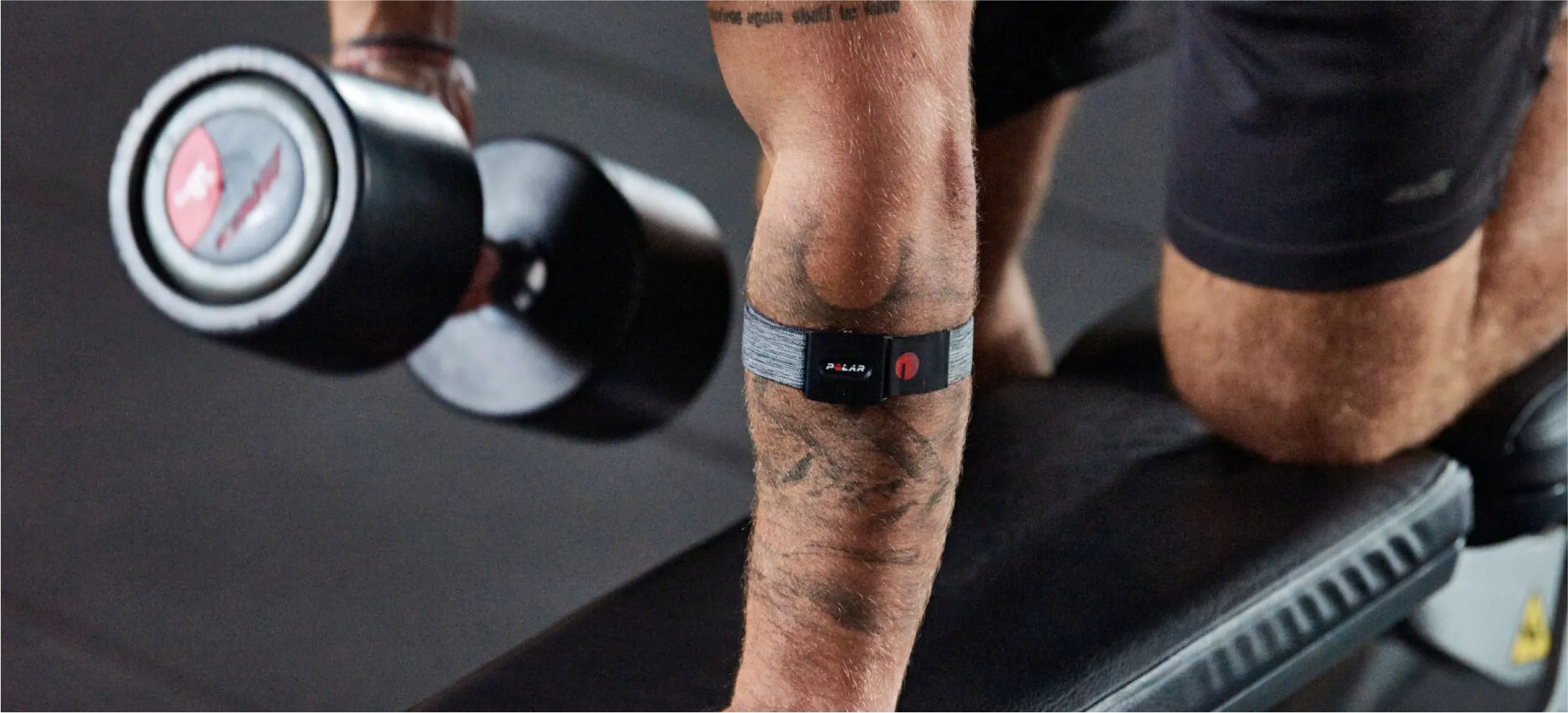
Your heart rate before, during and after exercise
It’s obvious your heart rate changes over the course of your exercise session, but just how much is it changing and are these changes normal?
Monitoring your heart rate before, during, and after your exercise session will give you cold hard numbers, which you can use to compare one workout to another.
If you're using a fitness watch with continuous HR, you can measure y our heart rate for all your exercise sessions including both weight training and aerobic workouts.
Here's how I measure heart rate and other variables during all my exercise sessions:
Before exercise
Before I start my workout, I always sit down, take several deep breaths, relax, and clear my mind for about 1–2 minutes. After this, I start my heart rate monitor on my wrist and off we go.
The key variable here is my resting heart rate while being in a totally relaxed state before I do any warming up or exercising at all.
Now, once I start my exercise session, my heart rate takes on an entirely new meaning.
During exercise
This is where things get interesting. For me personally, I record my heart rates after each resistance exercise and write them in my workout log.
If you're using a Polar sports or fitness watch, you can check all your workout data in the Polar Flow app.
Most people don't record heart rate during weight training but they would be surprised about what they find. In fact, I have had many weight training sessions where I've been in the aerobic zone for most of the workout.
For both my weight training and cardiovascular workouts I take and record several variables , like duration of the workout, average heart rate, max heart rate, total time in fat burning zone, calories burned, and total time in my aerobic zone. Again, all of these are measured by my heart rate monitor and all I have to do is push a button and everything takes care of itself. Pretty simple, right?
It's key to know what your heart is doing before and during your workouts but there's more...
After exercise
Oh yes, maybe the most important measurement yet: How does your heart rate respond after your exercise session is done?
Believe it or not, this is where you can see just how fit your heart really is.
Typically, a healthy heart will immediately start dropping its rate once exercise has stopped, whereas an unhealthy heart or an unconditioned body will cause your heart rate to remain high after exercise has stopped.
This could be a sign of a serious health issue, it could mean your exercise intensity was too high, or it could mean a case of deconditioning.
After my workouts, I do as I did before I started my exercise session: I sit down, take deep breaths, relax, clear my mind for a few minutes, and then look at my heart rate.
Now, what about when you’re not working out? Do you need to keep track of your heart rate then, too?
undefined
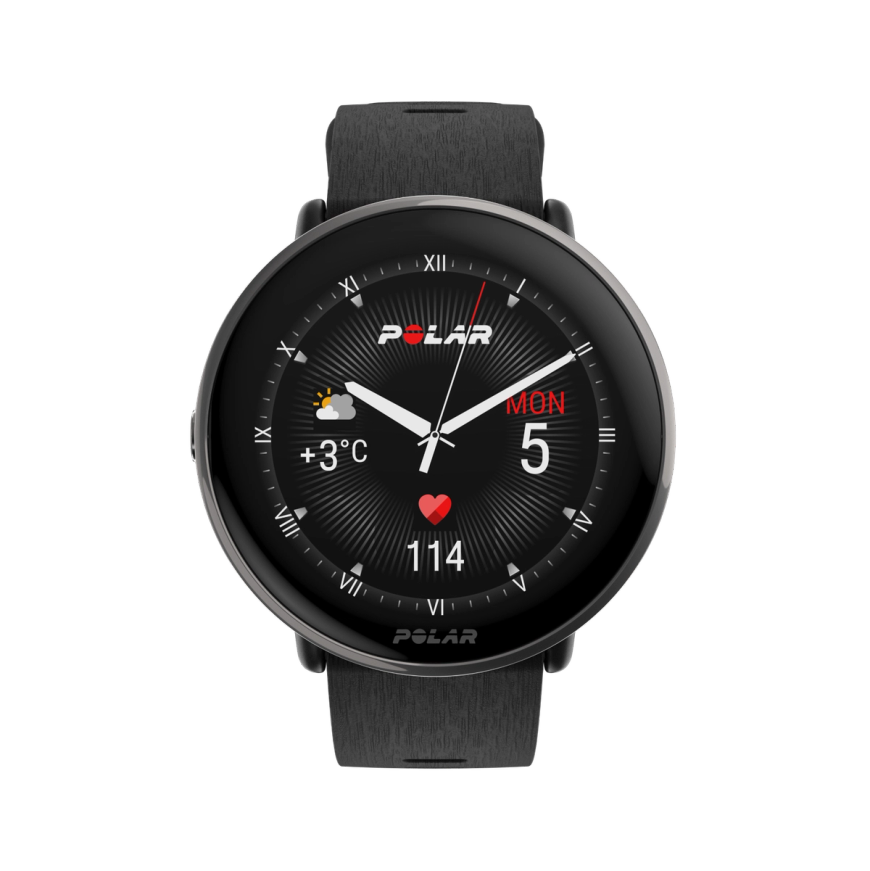
Polar Ignite 3 Titanium
Fitness & Wellness Watch
Polar Ignite 3 Titanium is a stylish fitness & wellness watch that helps you live a more energized life. It tracks your sleep, activity, and heart rate to provide guidance that’s tailored to your body and lifestyle.
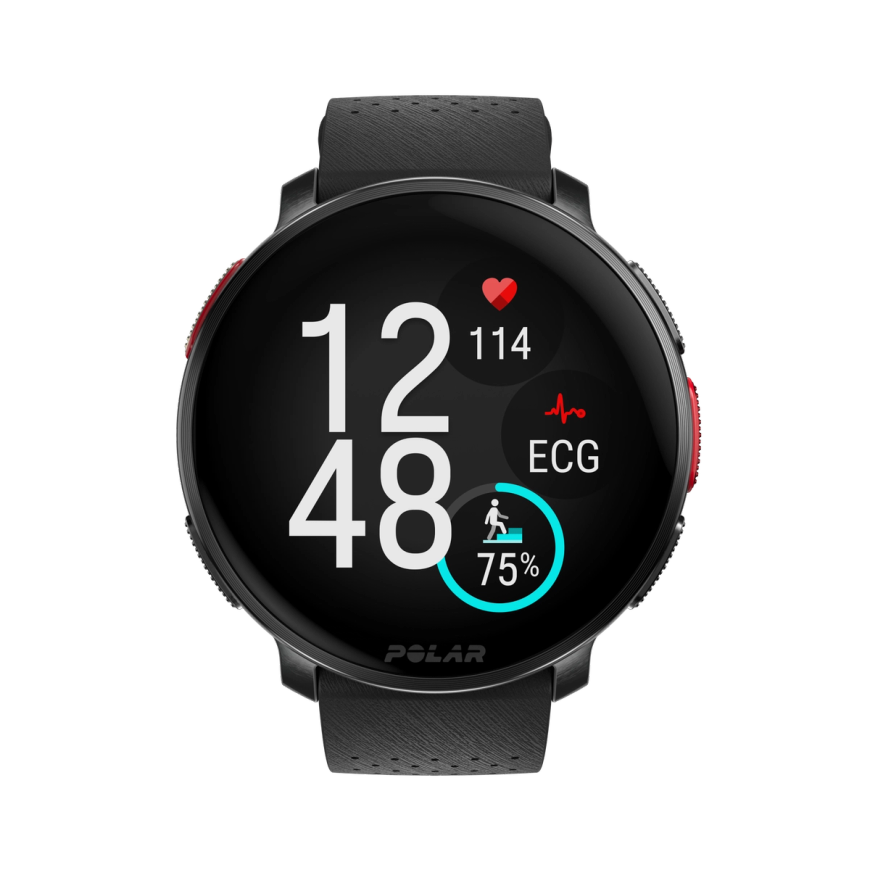
Polar Vantage V3
Premium Multisport Watch
An ensemble of biosensing instruments, AMOLED display, dual-frequency GPS, maps, and the most comprehensive suite of training and recovery tools on the market. The stage is set, and the Polar Vantage V3 smart sports watch is ready to put in the performance of a lifetime.
Your heart rate when not exercising
I admit this is rarely done, but it's another strong indicator of fitness.
In fact, this doesn't really even require that much doing – just wear a heart rate monitor with continuous heart rate measurement from the time you get up till the time you get home from work and look at the readings. In addition to the same readings you get when you work out, you can see how many steps you’ve taken, calories burned across the day, and even see if you’ve met your activity goals for the day. You can check your heart rates at work, after lunch, when you feel stressed, and any other time of the day.
That’s a lot of heart rates, but there’s still one more crucial time to measure what your heart is doing.
You're heart rate when you're asleep
Heart rate during sleep is the most interesting heart rate I’ve ever taken and it will tell you a lot about your heart health.
Sleep is your body’s chance to recover and it’s also the best time for your heart to recuperate. I like to wear my heart rate monitor while I sleep at least once a week and compare the readings to those both in and out of my workouts. Of course, your heart rates during sleep are considerably lower, but this is a strong indicator of how good or bad your sleep really is.
If you wear a fitness watch like the Polar Ignite during the night, you can check your Nightly Recharge status (and average heart rate during the night) first thing in the morning.
So, once you have these essential heart rate readings recorded with your monitor, what do you do with them?
I simply plug my monitor into my computer and download all readings and activity into the Polar Flow web service. By doing this, I can see daily, weekly, monthly, and even yearly heart rate readings. The biggest benefit of all is that I can see if my heart is truly getting healthier or if I need to change things with my exercise program.
Your heart rates will vary according to age, type of exercise, your level of conditioning, health issues, medication, exercise goals, and exercise environment. You can ask your doctor where your heart rates should be or do the research yourself: you can get started by doing a simple field test to find out your maximum heart rate and then use it to calculate your heart rate zones.
Know your heart
It’s very common for most people to measure their level of fitness by how their body looks and how they perform during their workouts when, in fact, the real measure of fitness is largely ignored by most people.
Knowing your heart rate during your workouts, when you’re not exercising and when you’re resting or sleeping can lead you to optimal well-being. It can also give you the peace of mind that your heart is a strong as the rest of you.
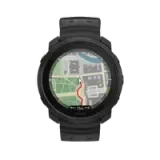 Polar Vantage M3
New
Polar Vantage M3
New
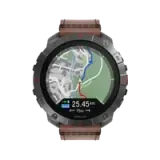 Polar Grit X2 Pro Titan
New
Polar Grit X2 Pro Titan
New
 Polar Grit X2 Pro
New
Polar Grit X2 Pro
New
 Polar Vantage V3
Polar Vantage V3
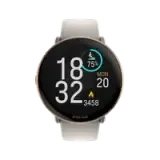 Polar Ignite 3
Polar Ignite 3
 Polar Ignite 3 Braided Yarn
New
Polar Ignite 3 Braided Yarn
New
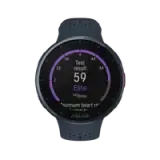 Polar Pacer Pro
Polar Pacer Pro
 Polar Pacer
Polar Pacer
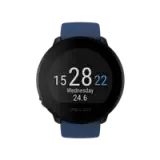 Polar Unite
Grit X Series
Vantage Series
Pacer Series
Ignite Series
Polar Unite
Grit X Series
Vantage Series
Pacer Series
Ignite Series
